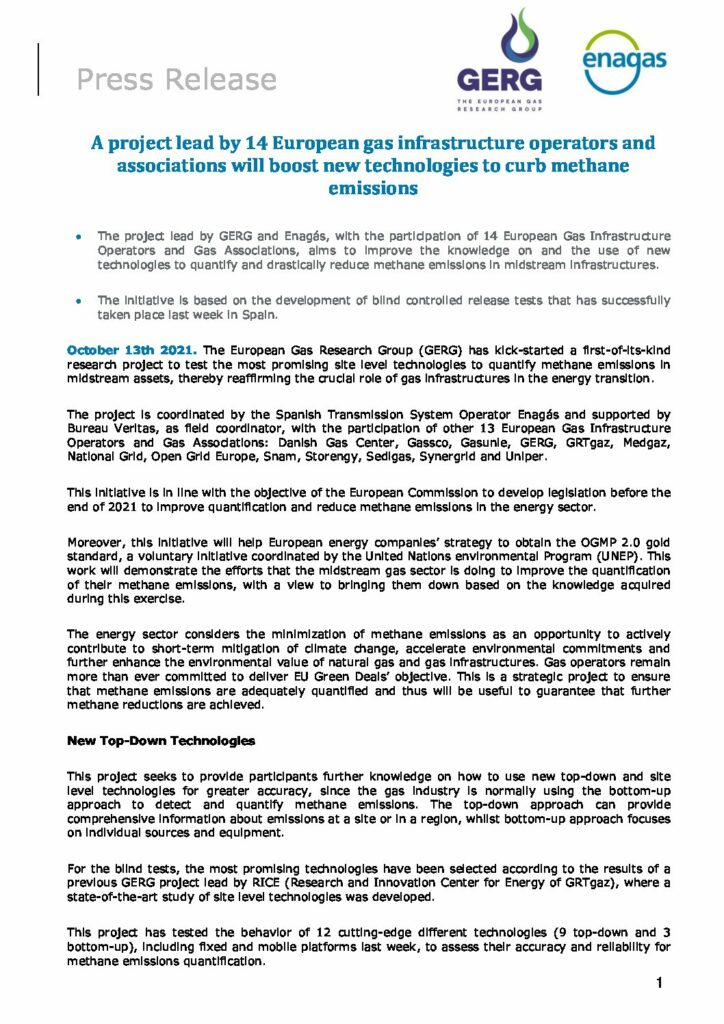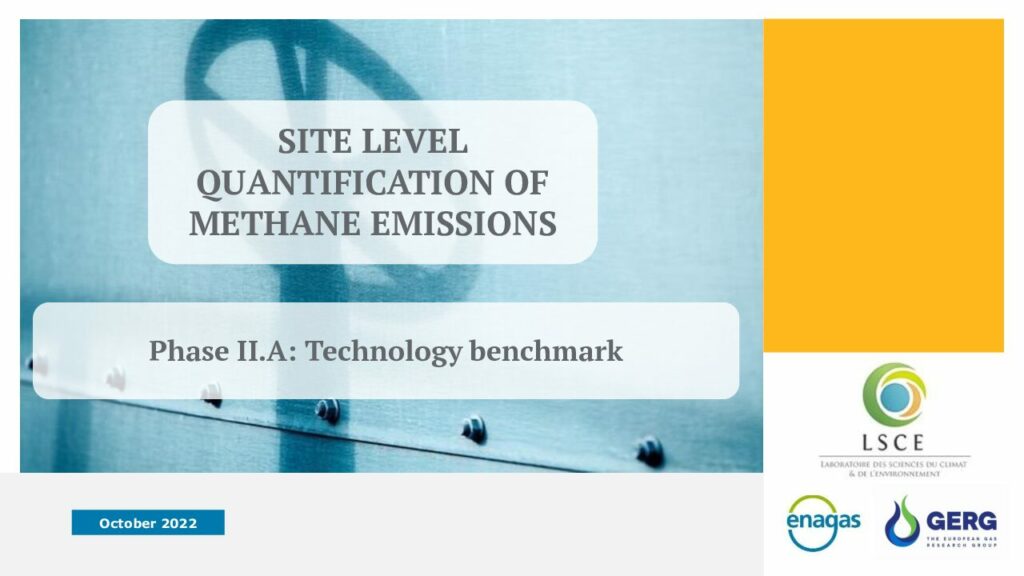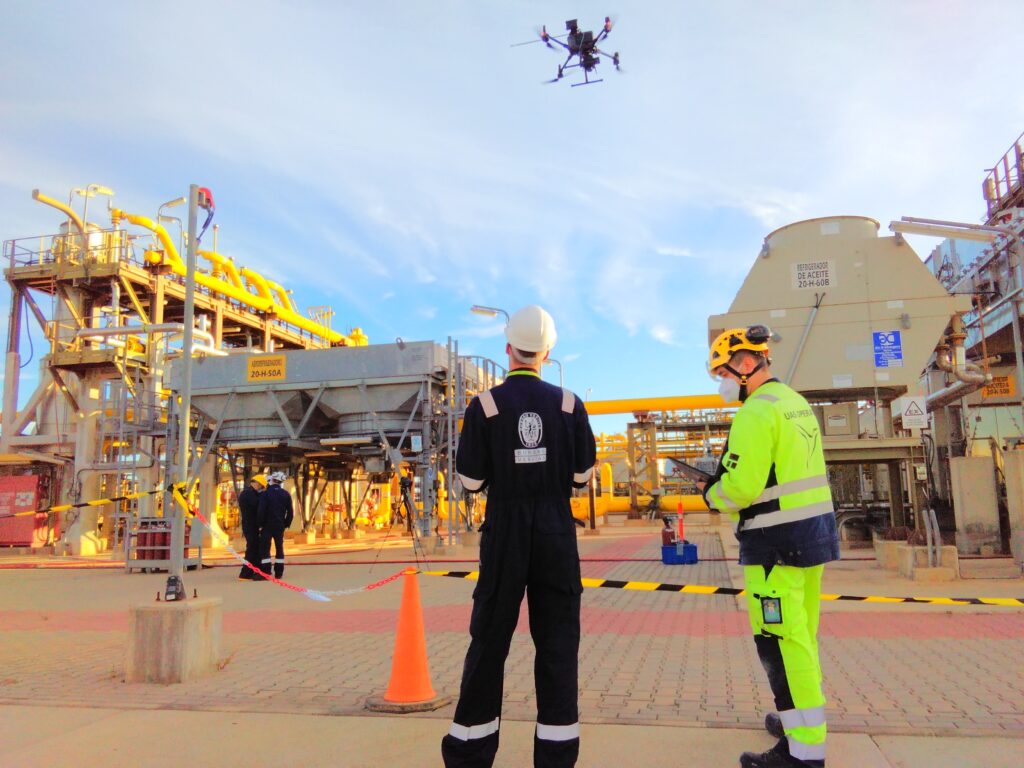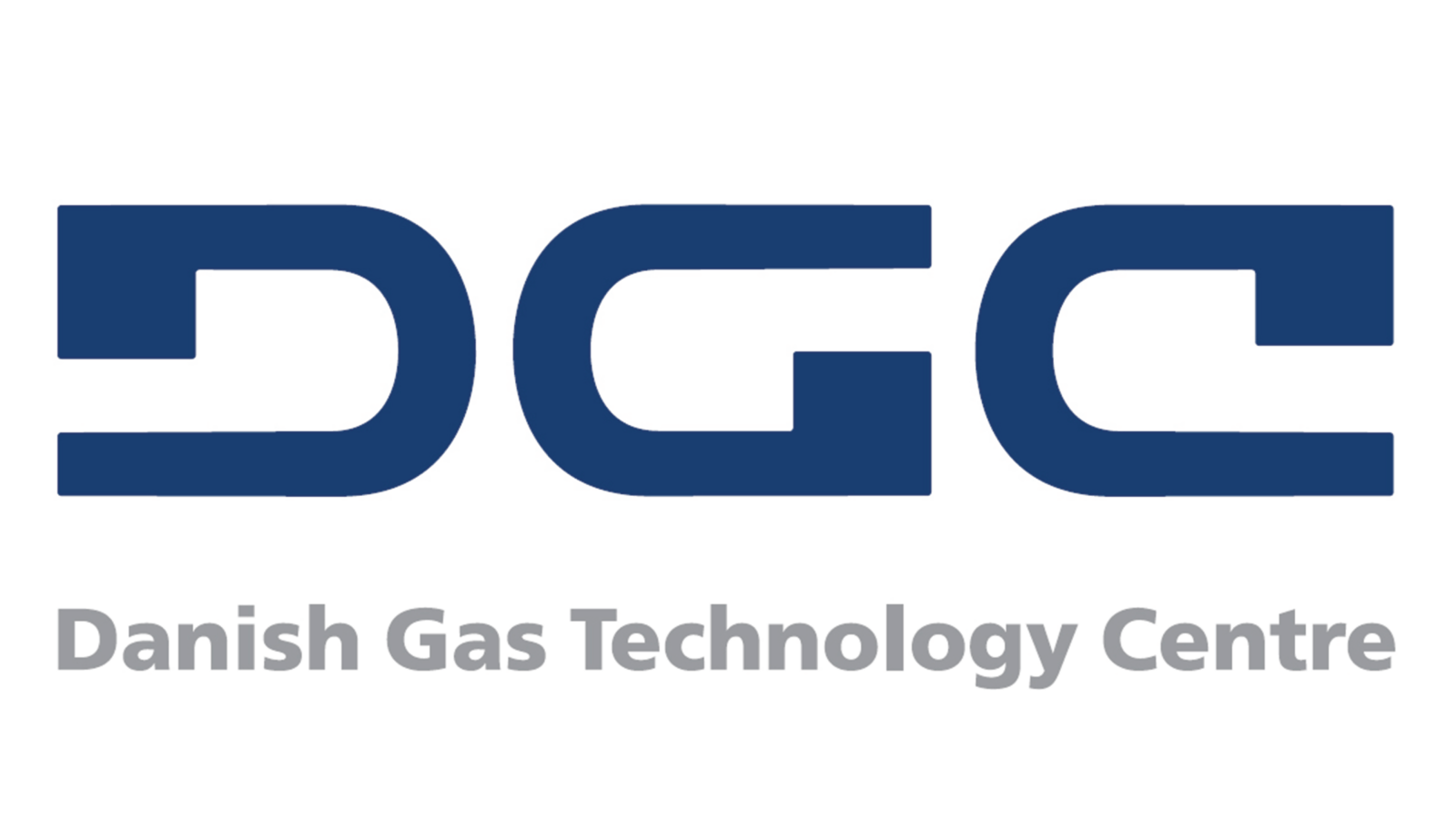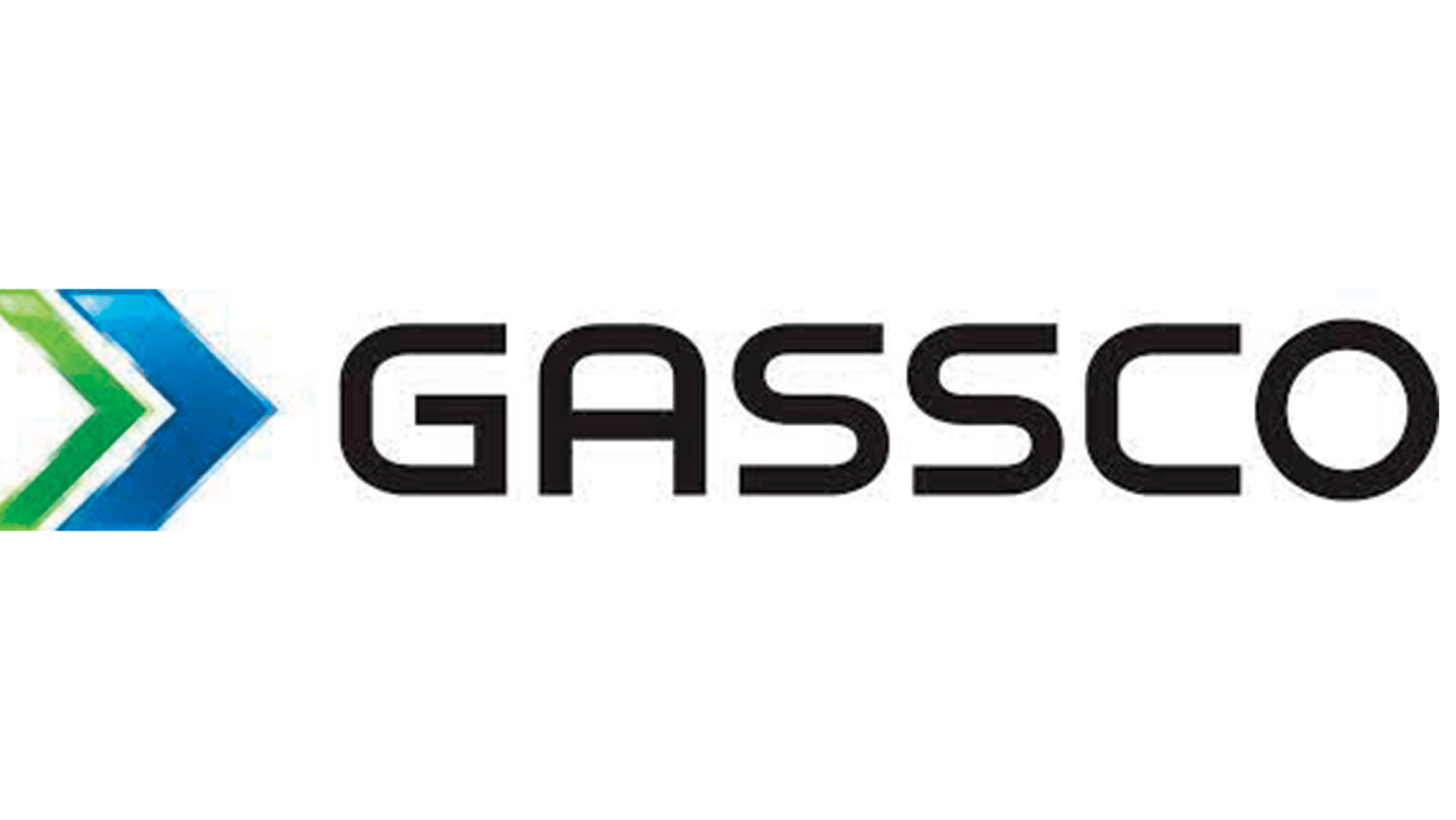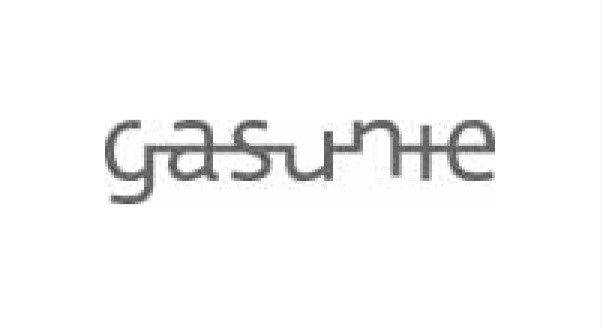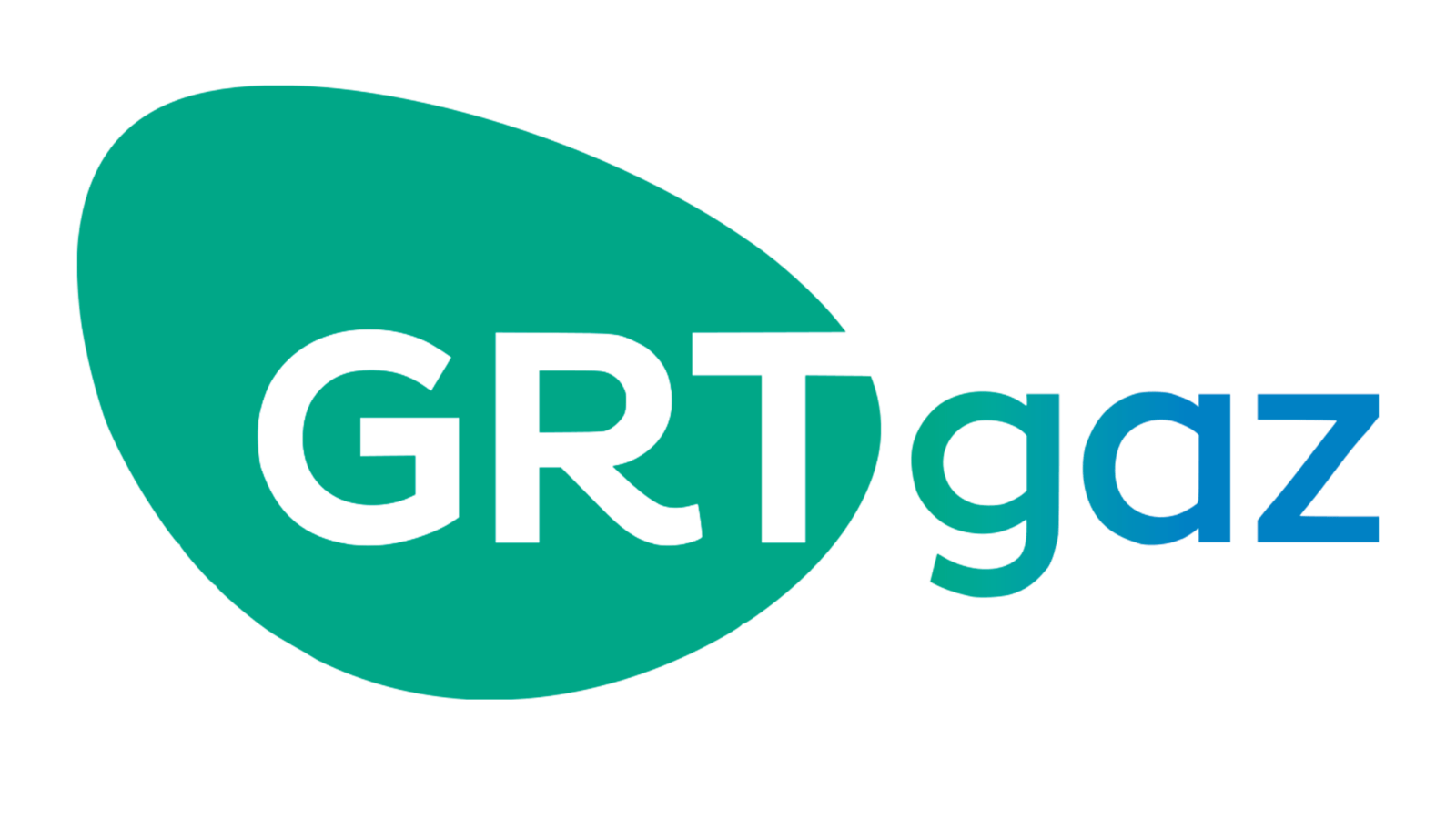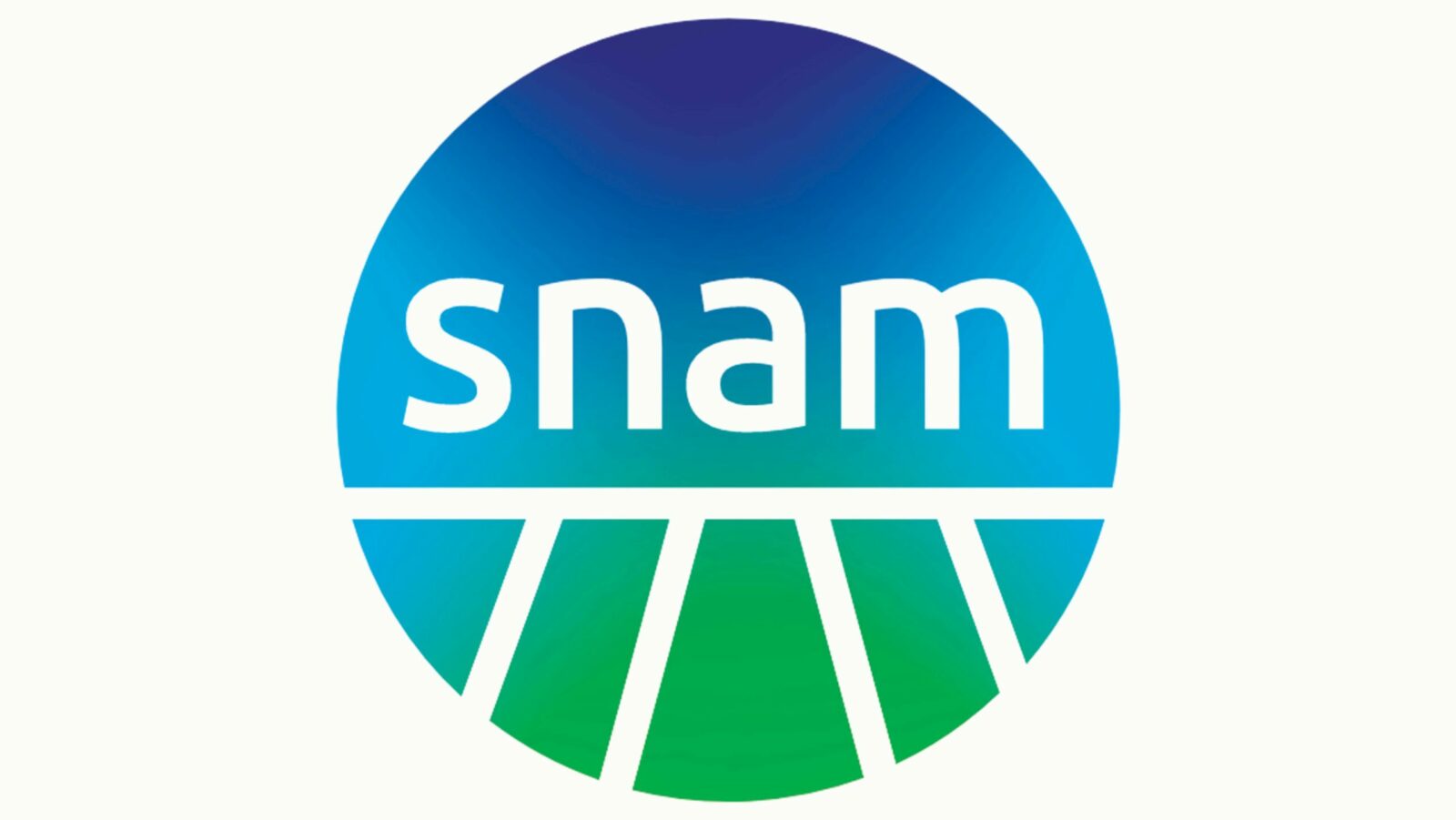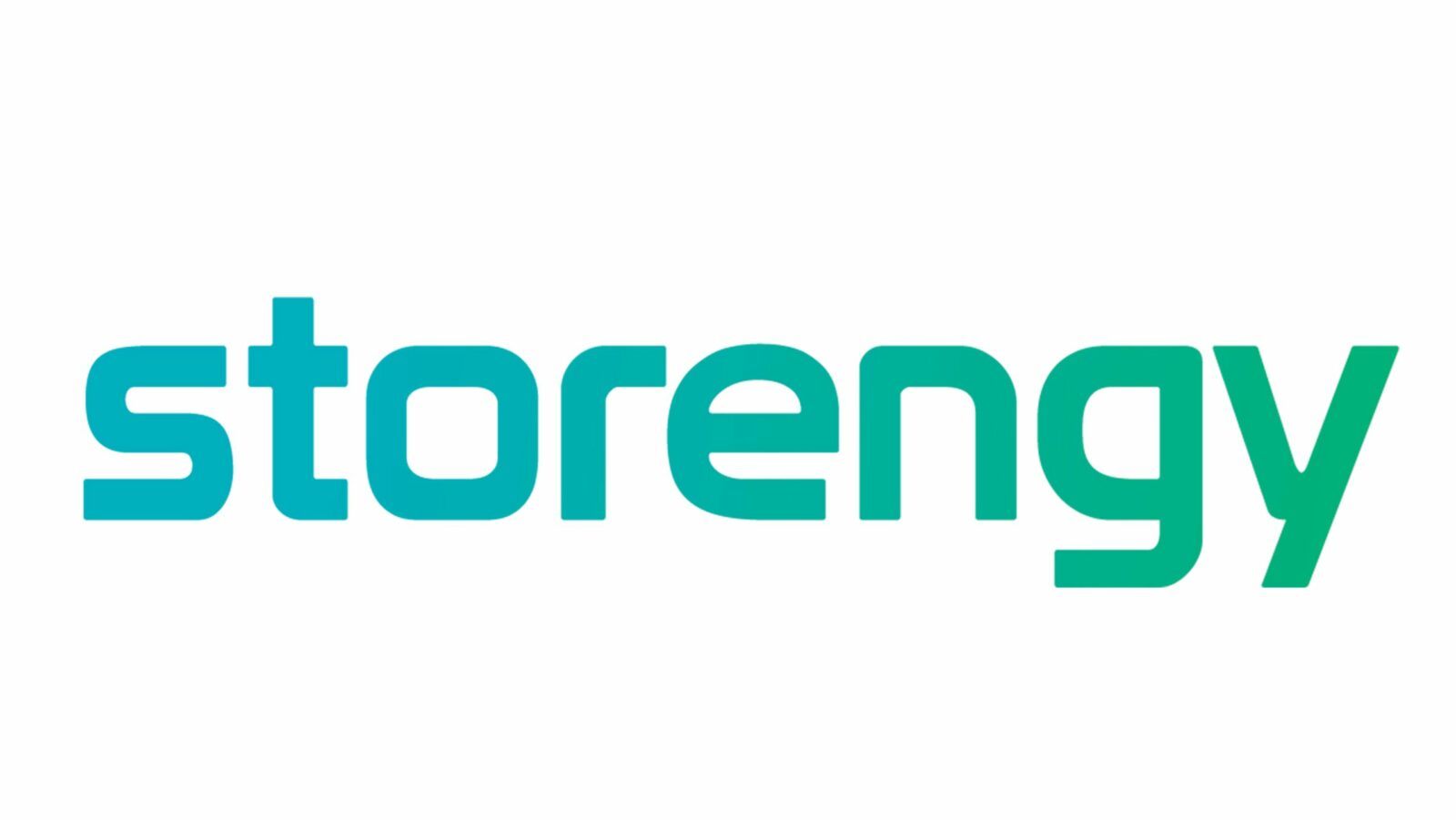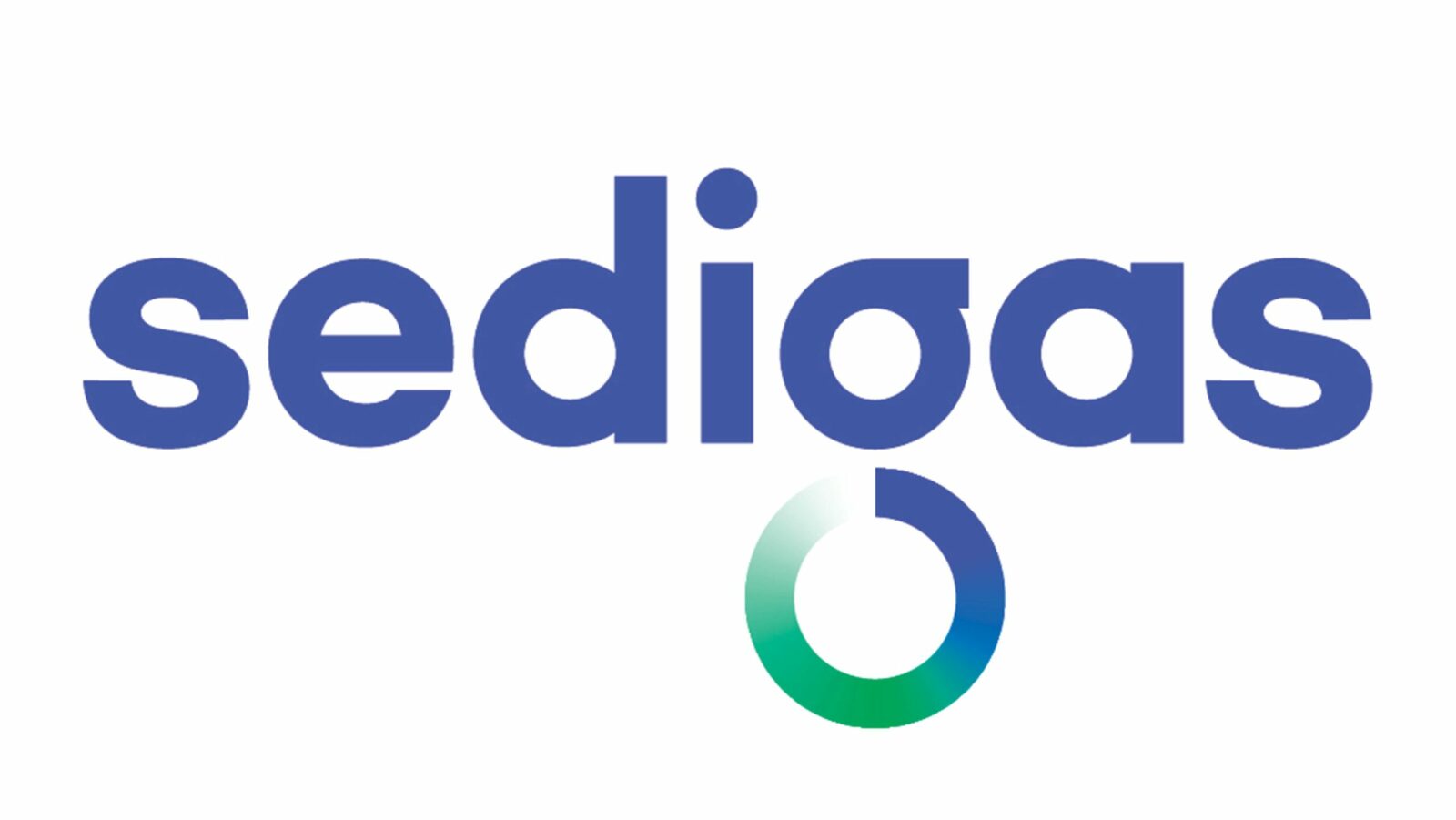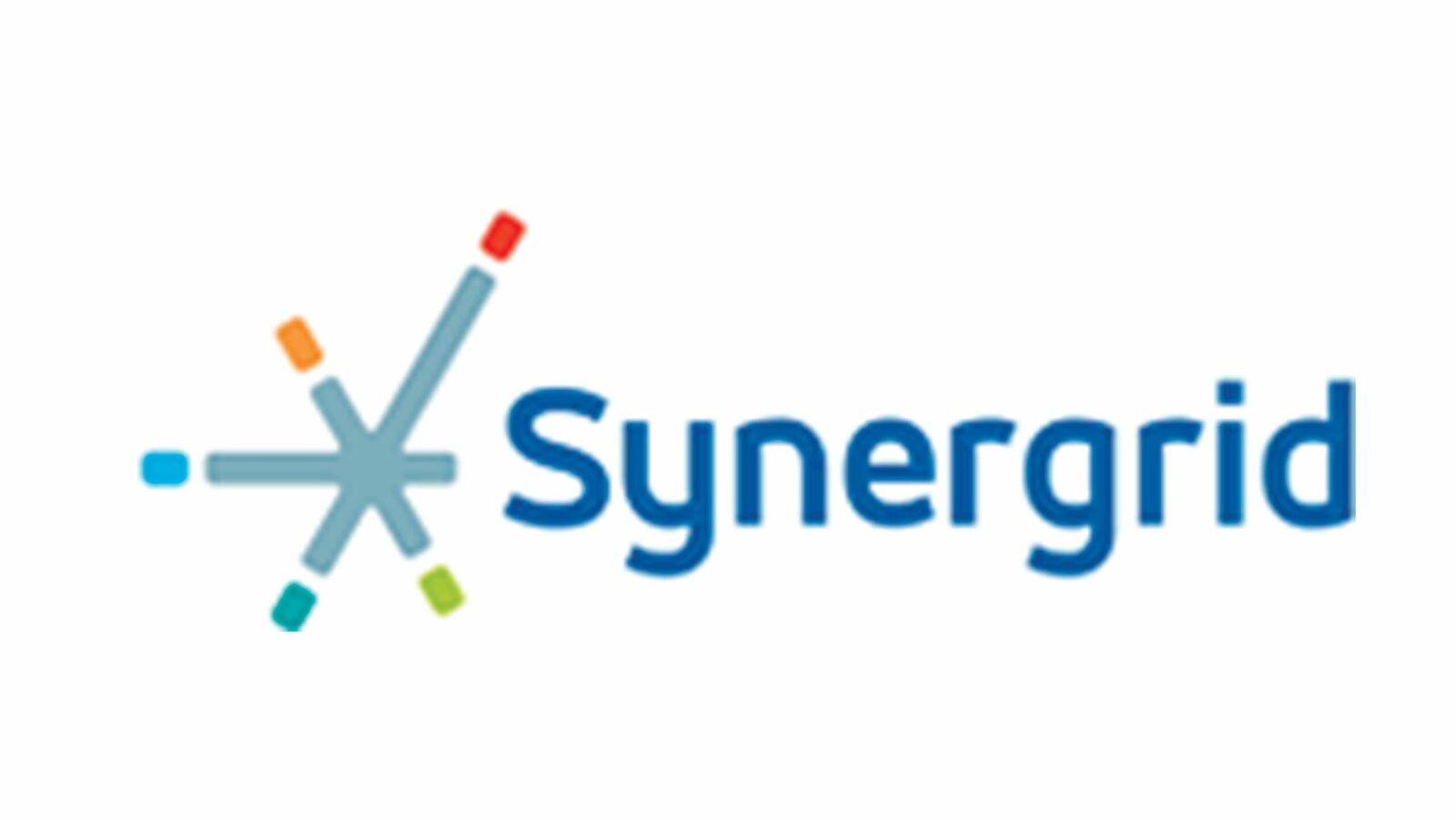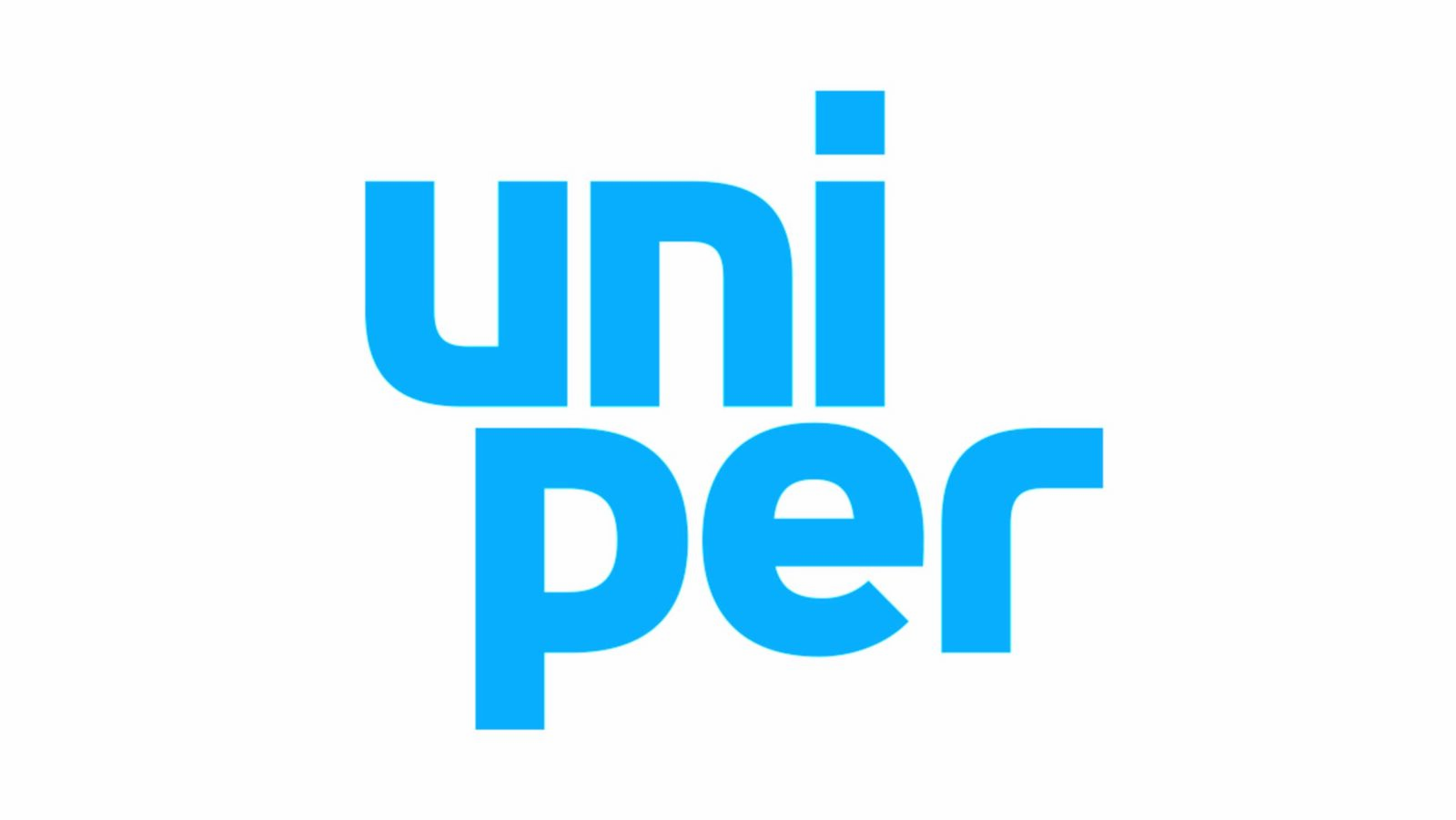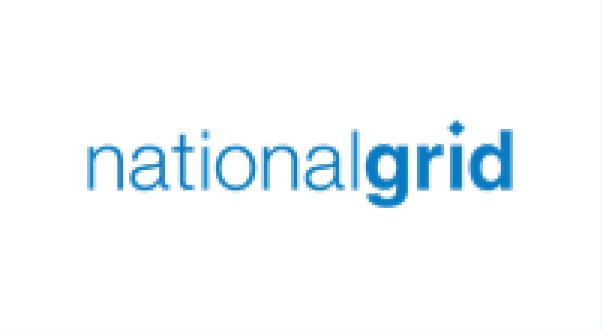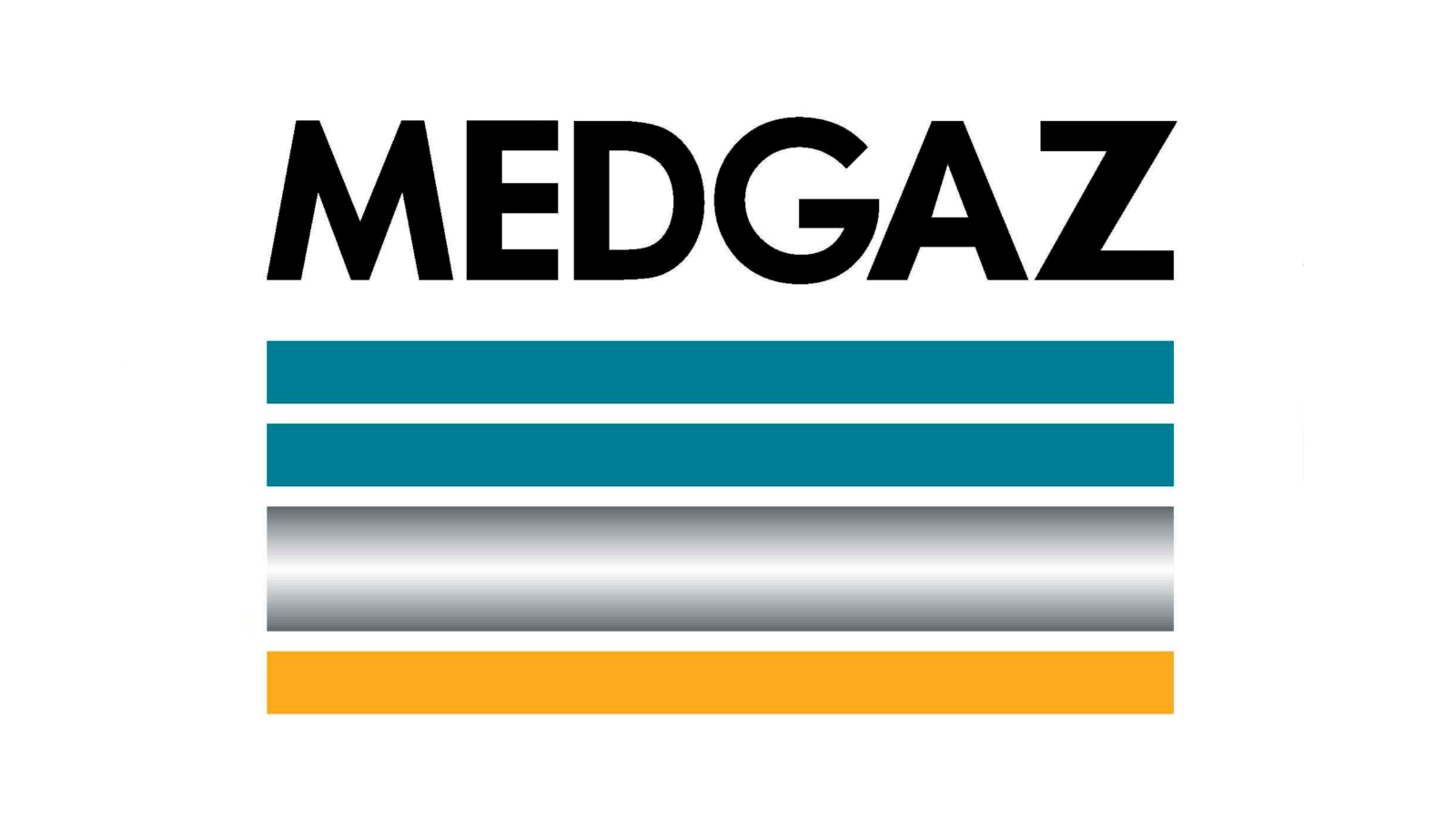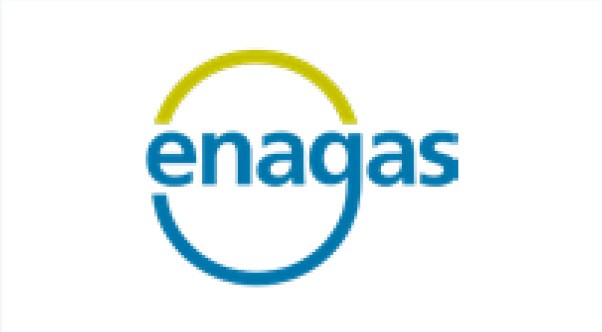The initiative aims to enhance understanding and support the adoption of new technologies to quantify and reduce efficiently methane emissions in midstream infrastructures.
This pioneering project enabled the assessment of the most promising site-level methods to better understand their capabilities and limitations under real-world field conditions. This is the first time such an extensive benchmarking of commercially available quantification methods has been conducted on an operational site—an effort that should be of great value to both industry stakeholders and regulators responsible for selecting and approving these technologies.
Following a successful Phase I of the GERG project, led by RICE, which involved a state-of-the-art review of site-level methods, the Technology Benchmark phase was launched. Its objective was to analyse the accuracy and repeatability of the most promising site-level methods for quantifying methane emissions. These methods were selected based on the findings from Phase I. The Benchmark involved a series of blind tests with controlled above-ground methane releases, simulating typical emission scenarios at midstream sites. The campaign was coordinated by Enagás, with Bureau Veritas acting as field coordinator, and the collaboration of 12 additional partners. The tests were successfully conducted in October 2021 in Spain. A total of 12 different technologies were evaluated:
- 9 site-level methods
- 3 bottom-up methods
The evaluation of the results was carried out by scientists from LSCE and published in a scientific journal. It was found that, for most methods, the errors observed in this study were higher than the self-reported uncertainties provided by the technology vendors. This finding should be considered when determining how these methods are used to optimize methane inventories.
Additionally, a separate study was conducted to provide guidance on reconciliation methodologies, recognising the accuracy limitations of site-level methods in real-world conditions (go to phase IIB).

